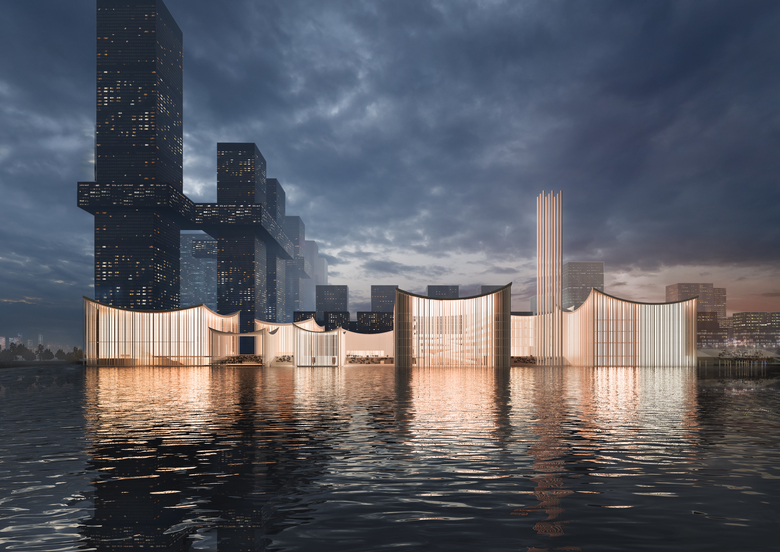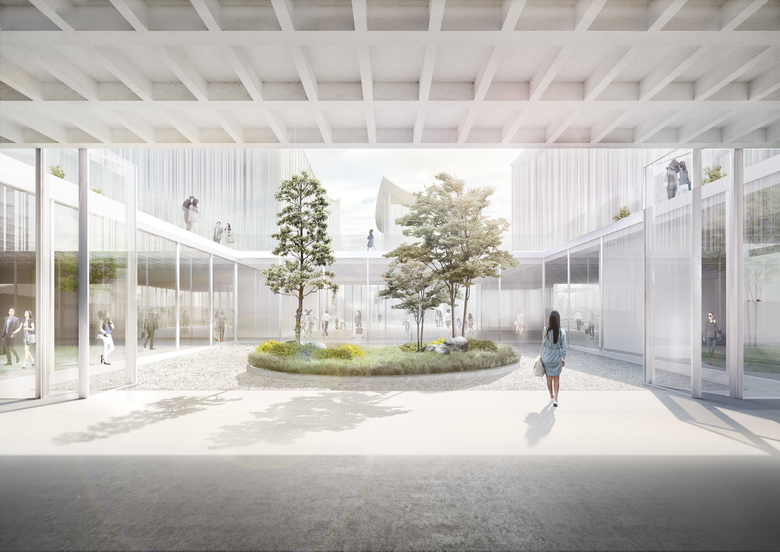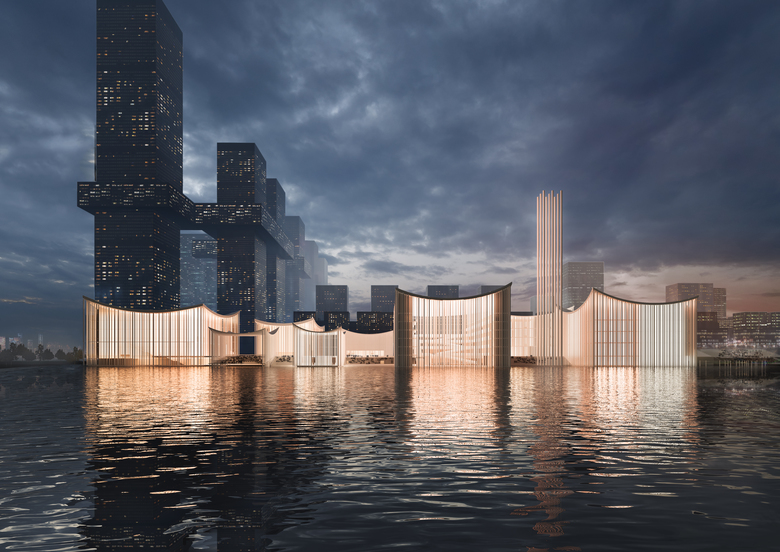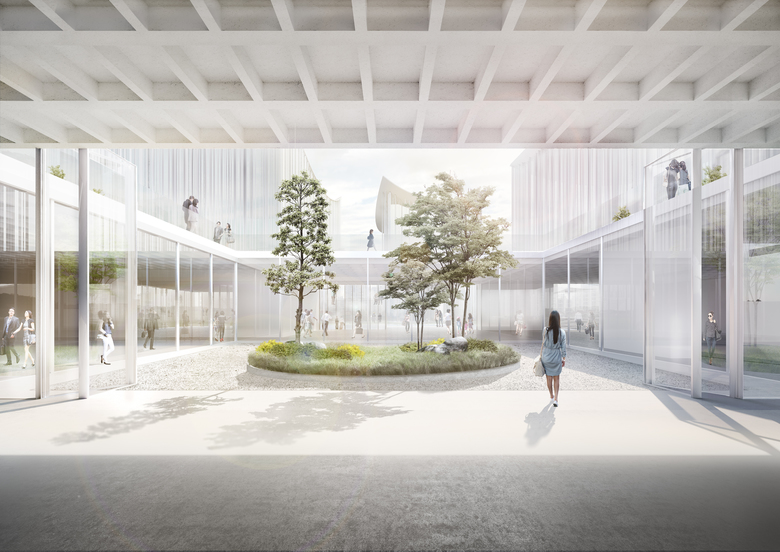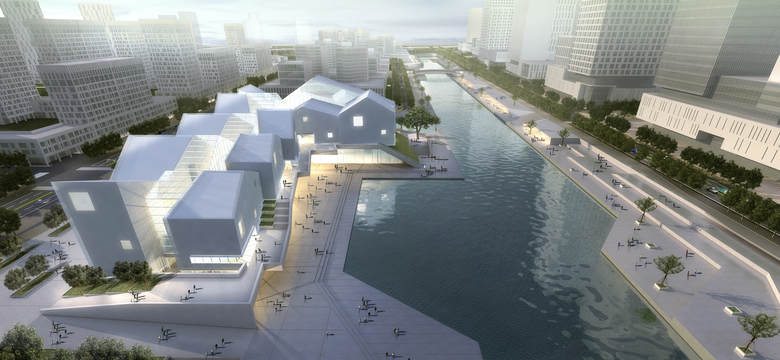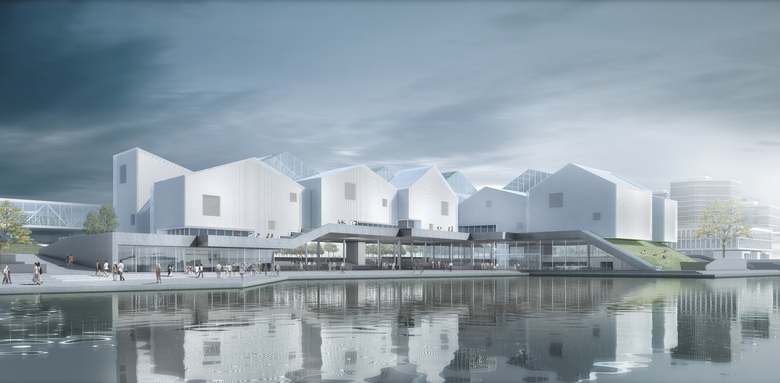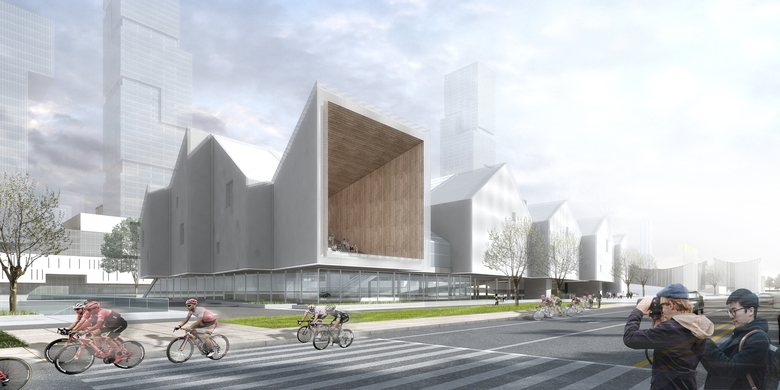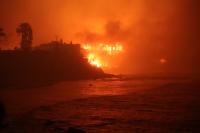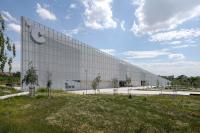Hangzhou Asian Games
Hangzhou, China
Vision and Key Elements of the Project
The revival of waterfront: waterfront area became centers of intense redevelopment activity. Active and evolving programming is essential to waterfront success and may also be used to generate revenues. Our project propose a waterfront along EAST and WEST part as public space of a waterfront. Our project focuses on the BUILDING AS GENERATOR OF PUBLIC SPACE together with the public buildings created along the river. The project underlined the potential of our location and the attempts to make use the waterfront as new visions of urban space. Entire space at the project area should be free for public access along the river. The aim of the vision is to approve the effectiveness of the waterfront in creating a pleasant public space. Development and planned buildings (ART CLUSTER) are explored in detail to identify the strengths of the public space. Beside this, the project is based on relevant contemporary debates on urban theory.
The waterfront area has the strength to promote human contact and social activities and is perfect frame to promote strong cultural identity. The buildings along the waterfront itselves have design and architectural features that are visually interesting and reflecting the local culture and history. Besides that the place has a unique character and all elements needed to become a successful public space .
Cultural Image (Building as a Cultural Landmark)
New approach to the Cultural landscape (Cultural image) is that the symbiosis and conservation of cultural and natural resources. This is a key factor in the strengthening of regional identity. Urbanisation, revitalisation and gentrification are interwined with emergence of new cultural economy, in which culture play a central role. The creation of BUILDINGS AS A CULTURAL LANDMARKS can play a significant role in attracting new and diversified tourism markets. This perspective is a strong incentive for local and regional authorities to further develop the cultural tourism potantials of a bigger region. The main points of interest in the development of a new 4.0 economy are the relationship between cultural resources and the natural teritory. The creation of new cultural resources in combination with the heritage of Hangzhou displayed in spatial planning policy of clustering and zoning the cultural landscapes and making a vision where the cultural landmarks plays the key role. Investement in buildings like CULTURAL LANDMARKS, communication of narratives, legends, stories and icons, creating and matching expectations and experiences has become a critical success factor in the competition between touristic and cultural destinations. On the other hand the sustainability of cultural landscapes is strongly connected to the capacity to strengthen the cohesion between various cultural resources. Designing the three different but very well connected clusters was the best support to this aim and for expected economic and cultural impulse.
Identity and Diversity (Building as an Icon)
Cultural branding applies that people can rely to express their identity. The cities reflecting the human need to record and preserve the past but showing also the spirit of the place. Iconic buildings might be the cultural models and statements on identity and diversity. They are addressing the collective needs and desires of the people. The three new Hangzhou city sub-canter’s are not just a set of buildings, they will are going to become a symbol of unity, cultural significance, historic importance, national ideals and civic pride of place. Their linking is a statement for a city which is not a place of solitary buildings but place for the “composition of the whole”. They have a meaningful claim of our emotions. This cultural “commons” reinforcing the ties people of Hangzhou share as members of community. Bonding with them provides reassurance and a sense of stability. They are cultural mortar of the society. The creation of this symbolic canter’s of life will change the views, the light and winds and before all-re-established the human scale. Diversity of forms will help city to deal with the identity and complexity of rapidly changing new urban neighbourhoods. The implemented design method is self-explanatory in the comparison between Compositional form – Mega form – Group form.
- Museums + Galleries
- Exhibition Halls
- Concert Halls + Auditoriums
- Performing Arts Centers
- Exhibition / Stage design
- Architects
- Jadric Architektur
- Location
- Hangzhou, China
- Team
- Klaus Semsroth, Jakob Mayer, Maximilian Krankl, Fabian Kitzberger, Giulia Tolu, Rodolfo Siccardi, Claudio Anderwald
- Partner Architecture Office
- Tongji Architectural Design and Research Institute
